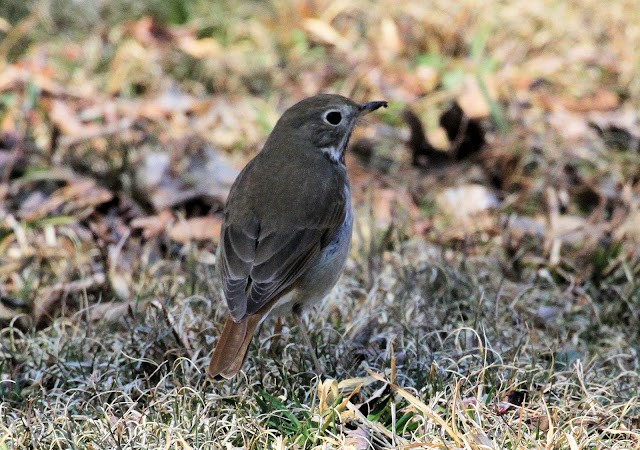Thursday, March 31, 2022
GREEN SPRING GARDENS ON MARCH 20TH, 2022 - PART 2
Wednesday, March 30, 2022
GREEN SPRING GARDENS ON MARCH 20TH, 2022 - PART 1
We come here often for our walks, as you will see from all the blog posts I have made from the beginning. You can visit those if you click on the garden's name among the labels at the end of this post (too many to view in one sitting truth be told). If you are ever in the area and would like to visit, I am including their address this time, and also with a map below:
Green Spring Gardens, 4603 Green Spring Rd, Alexandria, VA 22312
Tuesday, March 29, 2022
GO OUT I BEG OF YOU...
"Go out, go out I beg of you, and taste the beauty of the wild. Behold the miracle of the earth with all the wonder of a child."
Monday, March 28, 2022
MONDAY RECIPE POST - BEST, EASY HEALTHY BAKED SALMON - 4 SERVINGS
I wanted to find the simplest recipe as I didn't feel like fussing the day I made it. I found it at Creme de la Creme, and the original recipe is at this link. There is lots of information at the site that I recommend you look at sometime. I shall be going back.
Best, Easy Healthy Baked Salmon Recipe
4 servings
Calories per serving: 306
Approximate total time to make: 25 minutes
4 salmon fillets - about 6 ounces each
2 tablespoons olive oil
½ teaspoon salt - or to taste
¼ teaspoon cracked black pepper - just a pinch if using finely ground black pepper
2 teaspoons minced garlic
1 teaspoon Italian herb seasoning blend - or Herbs de Provence, or ¼ teaspoon each dried thyme, parsley, oregano, and basil
1 medium lemon
Salmon Fillets – look for fresh salmon fillets that are nice and pink and moist. Alternatively, purchase frozen fillets that are vacuum sealed with no freezer burn.
Preheat the oven to 400 degrees and grease a large baking pan (I put a piece of parchment paper on the pan and didn’t need any).
Arrange the salmon fillets on the baking sheet and season generously with salt and pepper.
Stir together the olive oil, garlic, herbs, and juice of 1/2 of the lemon.
Brush this sauce over salmon fillets, being sure to cover all over the tops and sides of the salmon so it has no dry spots. Thinly slice the remaining 1/2 of the lemon and top each piece of salmon with a slice of lemon.
Bake the salmon in the oven for 15-18 minutes, or until the salmon is opaque and flaky when pulled apart with a fork. You can broil the last 1-2 minutes if needed.
Garnish with fresh thyme or parsley and serve.
Suggested tip: swap out the lemon for lime and add a sprinkle of cilantro at the end.
This was a very good recipe. I followed it without making any changes, except for only using one piece, as it was just for me. Dear Other Half’s choice was fried clam strips. As I have said many times, it would be a boring old world if we all liked the same thing. He doesn’t like salmon and I don’t like clam strips.
There was enough salmon for two meals and I used the second piece with a mixed green salad.
Sides were store-bought coleslaw and fresh sautéed mushrooms.
Thanks for looking and have a great week.
Friday, March 25, 2022
AN OLD PHOTO, PLUS A POEM
The photo and poem are from an old blog post dating back to a road trip in 2013, out west somewhere. It is fun for me to look back to see a previous post years ago. I forget sometimes that I started blogging in April of 2008, starting this 'new' blog officially in 2016.
Thursday, March 24, 2022
RAMBLES, PLUS PHOTOS...
I am sharing a photo our son took a couple of days ago. He often sees deer on his walks, and he always shares them with us.
Wednesday, March 23, 2022
OCCOQUAN BAY NATIONAL WILDLIFE REFUGE, VIRGINIA 3-2-22 - PART 2
Continuing our walk at Occoquan Bay National Wildlife Refuge, we are on the way to Painted Turtle Pond. We see another Hermit Thrush hopping on the ground. Gregg took its photo.




























































